
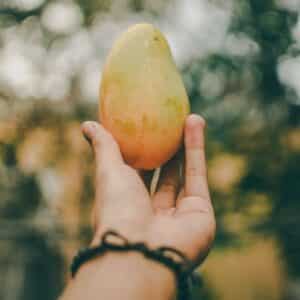
Mango Haden ( mangifera) tropical fruit tree 12″-24″
$34.99
Mango Haden: The King of Mangoes
Mango ‘Haden’ holds a special place among mango enthusiasts and fruit lovers as one of the most popular and esteemed mango varieties in the world. Known for its sweet, rich flavor and distinctive tropical aroma, the ‘Haden’ mango has earned its reputation as the “King of Mangoes.” In this guide, we’ll explore the unique characteristics of the ‘Haden’ mango, including its origin, taste, care requirements, and a fun fact to enhance your appreciation of this delicious fruit.
Mango haden originated in Coconut Grove, Florida, in the late 19th century, and it is named after the plantation owner, Captain John J. Haden. It gained recognition for its exceptional flavor and fruit quality, quickly becoming a sought-after variety.
Taste and Characteristics
‘Haden’ mangoes are celebrated for their exceptional taste and distinct attributes:
1. Flavor: The flesh of the ‘Haden’ mango is sweet, aromatic, and rich, with tropical notes that can include hints of peach, pineapple, and citrus. Its complex flavor profile makes it a favorite for fresh consumption, desserts, and culinary creations.
2. Texture: The flesh is tender and fiber-free, providing a smooth and luscious eating experience. It is often described as buttery due to its creamy consistency.
3. Color: The skin of the ‘Haden’ mango is typically bright green with blushes of crimson or orange-red as it ripens. The fruit’s flesh is a vibrant orange when fully ripe.
4. Size: These mangoes are medium to large in size, weighing between 12 to 24 ounces (340 to 680 grams).
Growing and Caring for ‘Haden’ Mango Trees
If you’re fortunate enough to have a ‘Haden’ mango tree in your garden, proper care is essential to ensure healthy growth and a bountiful harvest:
1. **Climate**: ‘Haden’ mangoes thrive in tropical and subtropical climates with warm temperatures. They require full sun to produce high-quality fruit.
2. **Soil**: Plant your ‘Haden’ mango tree in well-draining soil rich in organic matter. Ensure good drainage to prevent waterlogged roots.
3. **Spacing**: Allow adequate spacing (15 to 20 feet apart) between ‘Haden’ mango trees to provide room for their growth and canopy development.
4. **Watering**: Water young trees regularly to establish strong roots. Mature trees are relatively drought-tolerant but benefit from deep, infrequent watering during dry periods.
5. **Pruning**: Prune your ‘Haden’ mango tree as needed to shape the canopy and remove dead or crowded branches. Pruning can also help improve air circulation and reduce disease risk.
6. **Fertilization**: Feed your mango tree with a balanced, slow-release fertilizer specifically formulated for fruit trees. Apply fertilizer in the spring and early summer to support healthy growth and fruit production.
7. **Pest and Disease Management**: Keep an eye out for common mango pests like aphids, scales, and fruit flies. Additionally, manage fungal diseases like anthracnose by using appropriate fungicides and maintaining good air circulation.
**Fun Fact about ‘Haden’ Mango**
The ‘Haden’ mango played a pivotal role in the development of mango cultivation in the United States. In the early 20th century, it was the ‘Haden’ mango that served as the parent tree in a crossbreeding program. This program led to the creation of other well-known mango varieties, including the ‘Tommy Atkins’ mango, which is now one of the most widely cultivated mango varieties in the world. Thus, the ‘Haden’ mango’s legacy extends beyond its delicious fruit, as it contributed to the diversification of mango varieties available to consumers today.
In conclusion, the ‘Haden’ mango is an exquisite tropical fruit renowned for its exceptional taste, smooth texture, and vibrant appearance. Whether enjoyed fresh, in smoothies, salsas, or desserts, ‘Haden’ mangoes are a true delicacy. By providing the right growing conditions and care, you can cultivate your own ‘Haden’ mango tree, bringing the luscious flavors of the tropics right to your doorstep.
| Weight | 10 oz |
|---|---|
| Dimensions | 22 × 4 × 4 in |
| Planting Bag + Soil |
Planting bag + Soil ,I have soil and container |

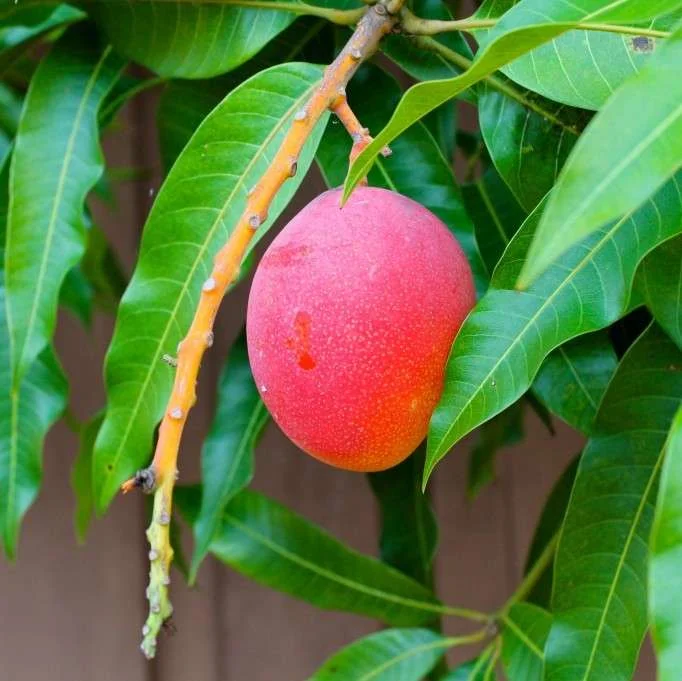
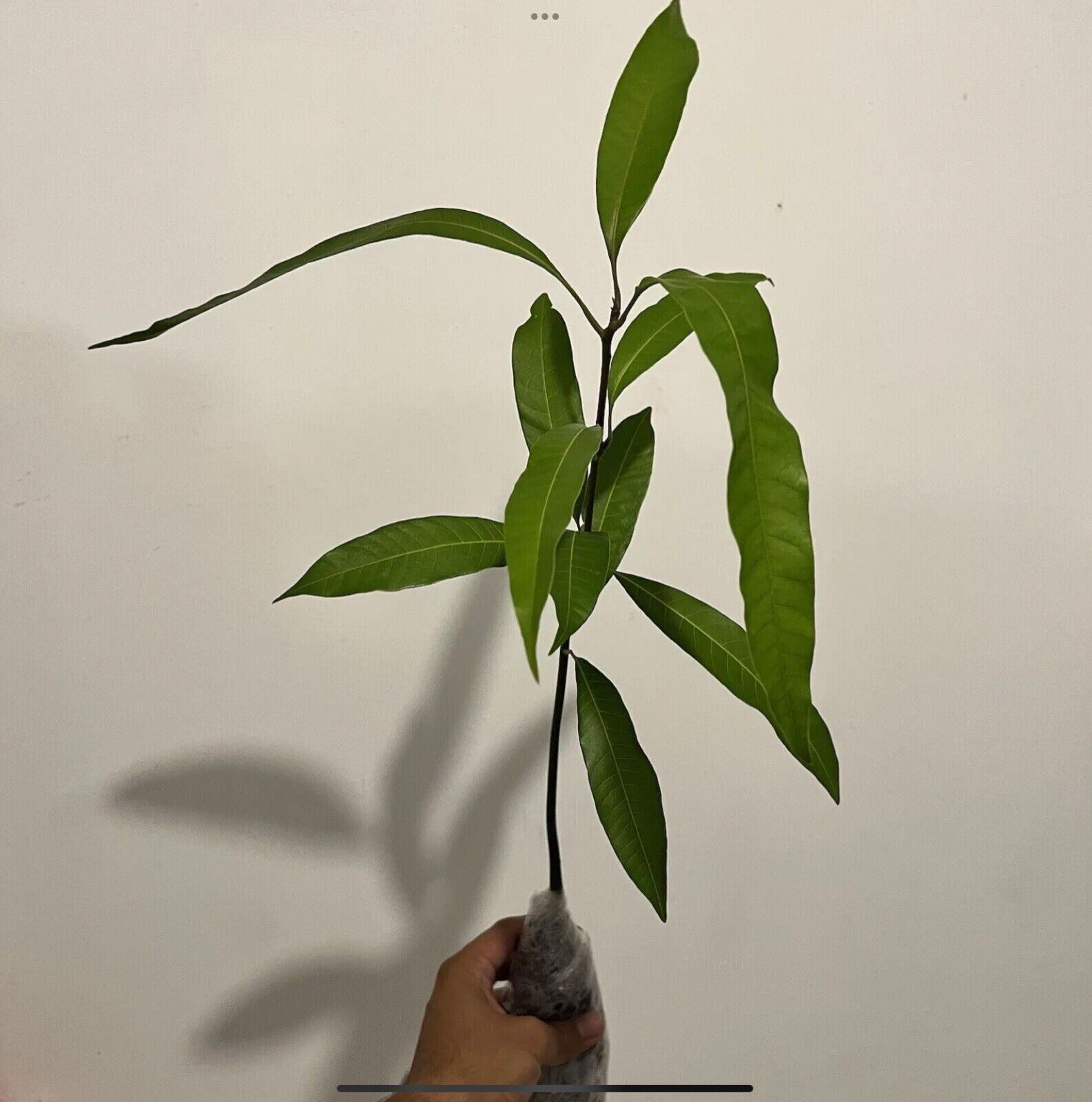
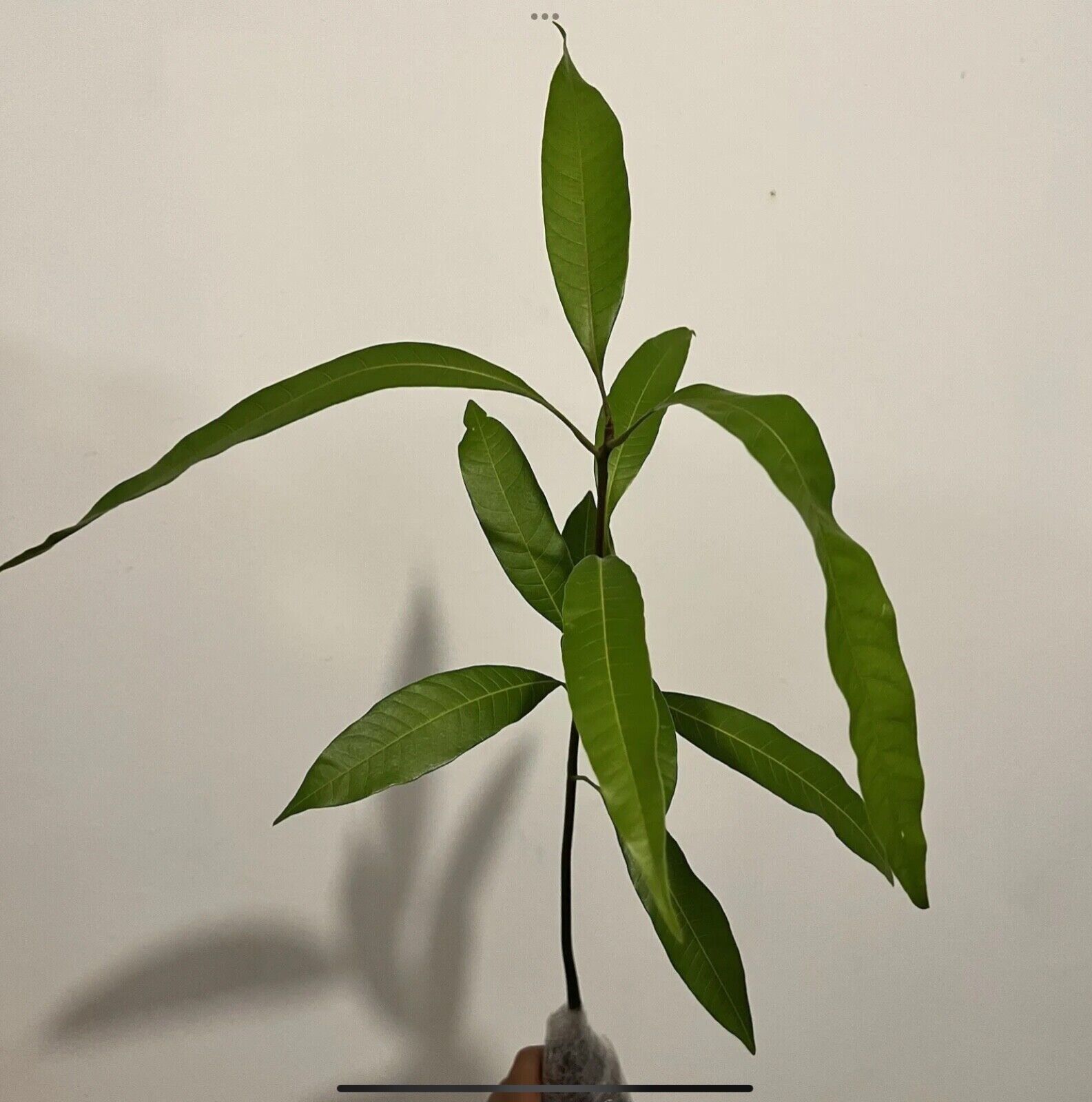
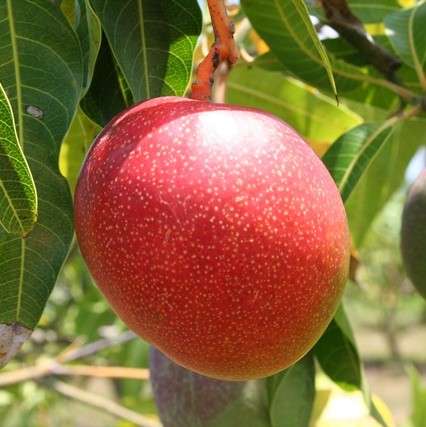
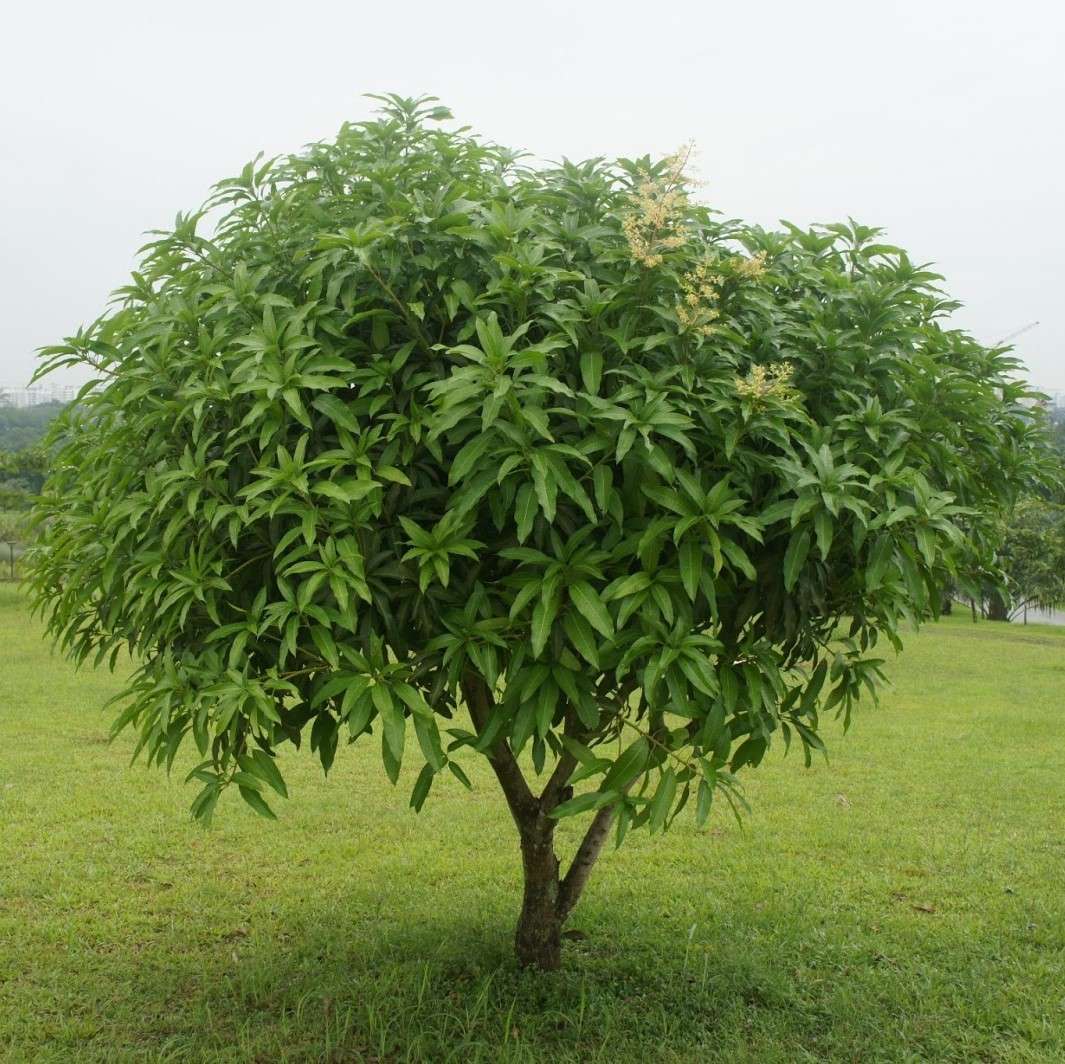
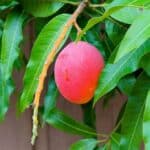
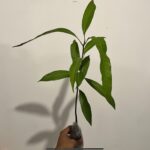
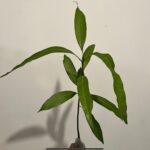
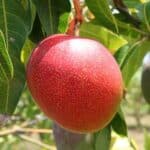
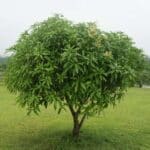
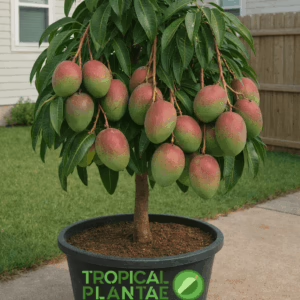
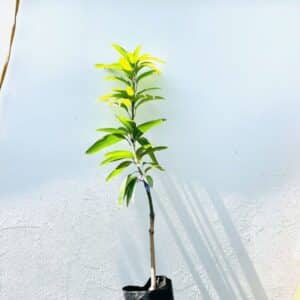



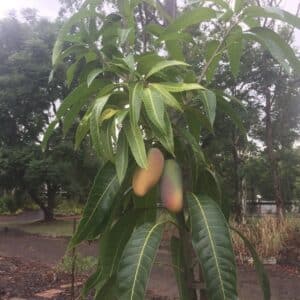
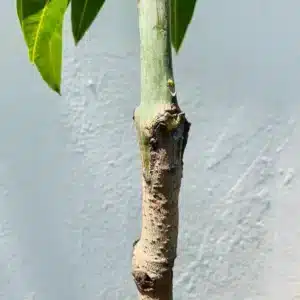
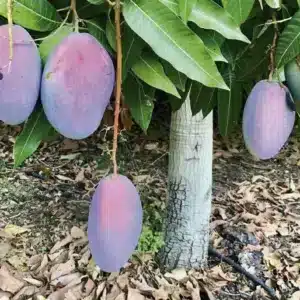
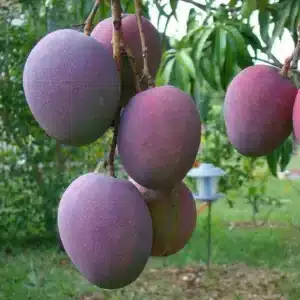

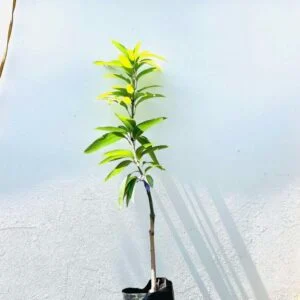

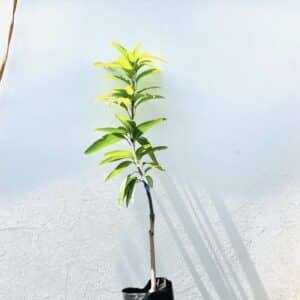
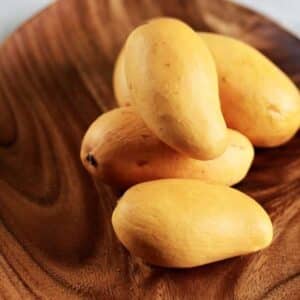
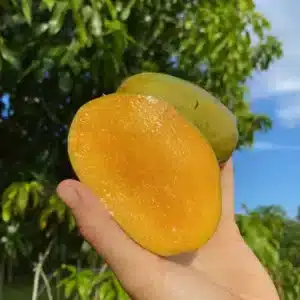
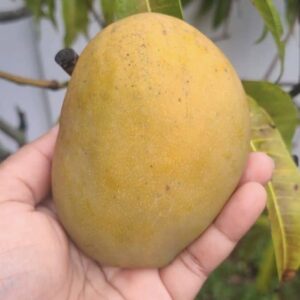
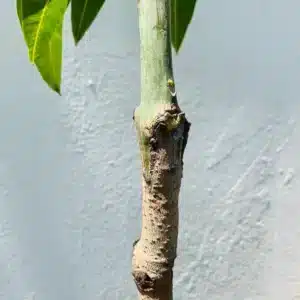

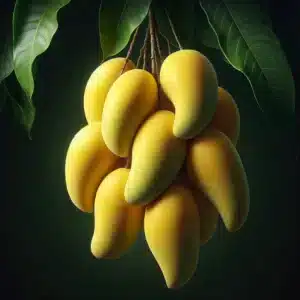
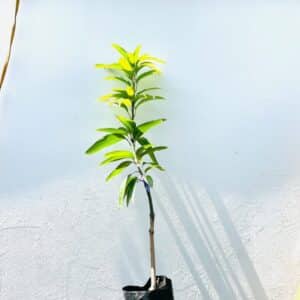
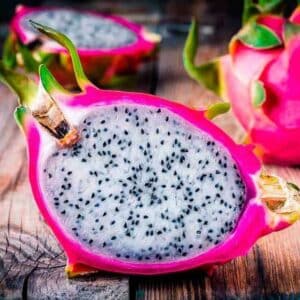
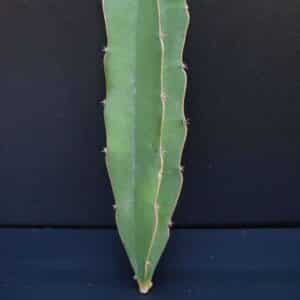
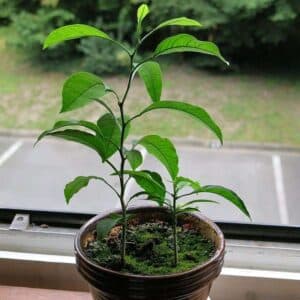
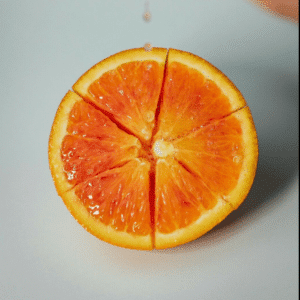




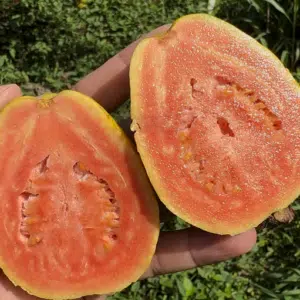
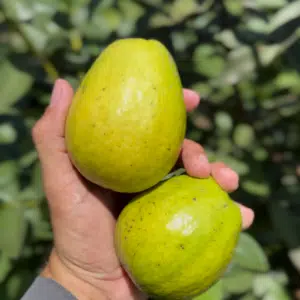


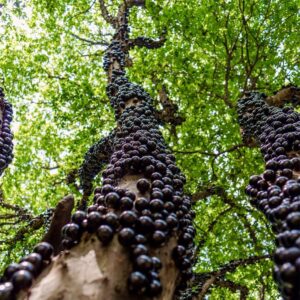
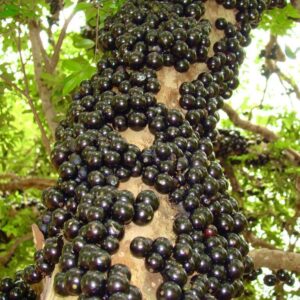


Reviews
There are no reviews yet.